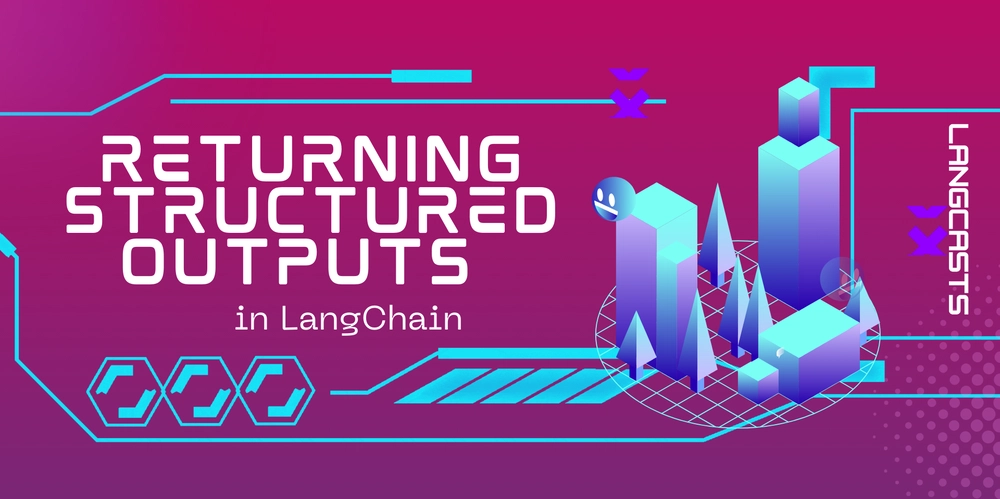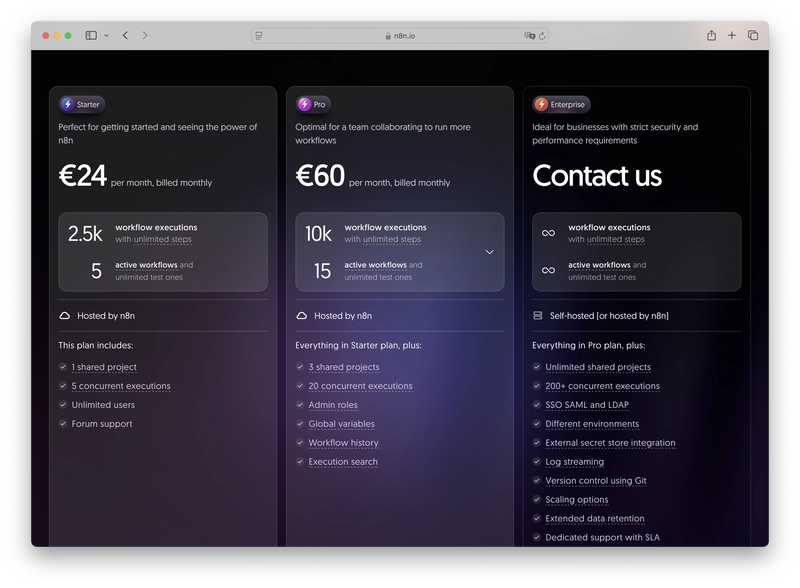What are the Benefits of Combining Microservices and DevOps?
Speed and flexibility matter. When software delivery needs to keep up with constant change, traditional approaches just don’t cut it anymore. That’s where microservices and DevOps come together. One gives you the freedom to build smaller, focused services. The other helps you automate, collaborate, and ship those services faster. When paired, they transform how engineering teams build, release, and manage software. Let’s look at the benefits of combining microservices and DevOps in more detail. Top 10 Benefits of Combining Microservices and DevOps Here’s a detailed breakdown of the ten key benefits of combining microservices and DevOps: 1. Teams can build and release without waiting on each other In traditional setups, if one part of the application changes, the whole system often needs to be tested and redeployed. That slows everything down. However, with microservices, different parts of the app are separated, so each team works in their own area, like user login, payments, or search. Now, when you add DevOps practices like automated testing and continuous integration, each of these teams can push updates quickly and independently. No bottlenecks, no endless coordination. This speeds up development without sacrificing stability. 2. It’s easier (and safer) to release updates When you’re working with a huge application, even a small change can feel risky. What if something breaks? Microservices reduce this risk by limiting the impact of any single change. You're only updating one service at a time, not the whole system. With DevOps, these updates can go through automated checks before going live. This means you catch problems early and release them confidently, whether it’s once a week or several times a day. 3. You can scale smartly, not wastefully Some parts of your app get a lot more traffic than others. For example, maybe your product catalog is under constant load while your admin dashboard sees less use. With microservices, you can scale each part separately, giving more resources to what needs it. DevOps tools help automate this process, so you don't get stuck doing it manually. The result? Better performance and cost savings, all without over-engineering. 4. If one part breaks, everything doesn’t go down In a big, single-structure app, one bug or outage can bring the whole thing down. But with microservices, if one service fails, let’s say, your notifications system, still, the rest of the app keeps running. DevOps adds strong monitoring and alerting so your team knows right away if something isn’t working. That means quicker fixes and less disruption for your users. 5. Finding and fixing problems becomes faster Smaller codebases are comparatively easy to understand. So, if something goes wrong, you’re not digging through a massive application to figure it out. You can narrow it down to just one service. DevOps supports this by tracking logs, errors, and performance in real-time. This provides clearer insights and allows you to fix things faster, keeping your users happy and your team sane. 6. Teams can choose the tools they’re best at With microservices, each service can be built with the language or technology that fits it best. That means teams aren’t forced to use the same tools for everything. DevOps practices help stitch it all together, managing these differences behind the scenes using containers, pipelines, and infrastructure scripts. Your engineers work in their comfort zone, and the system stays unified. 7. Teams take more ownership of what they build When developers are involved in not just writing code but also testing, deploying, and monitoring it, they start to care more about how it performs in the real world. This end-to-end ownership is a big part of DevOps. It helps build a sense of responsibility and encourages teams to ship higher-quality work, because they’re the ones maintaining it after launch. 8. You can release new features more often Microservices break your system into smaller parts. DevOps gives you the automation and workflows to move changes quickly from development to production. Together, they create an environment where shipping new features becomes routine, not something that takes weeks of planning and coordination. This helps you respond to customer needs faster and stay ahead of competitors. 9. Your systems grow with your business When your company expands, or new needs arise, you don’t have to rebuild your whole software platform. You just add or update specific services. DevOps ensures those changes don’t interrupt existing services and can be deployed smoothly. This makes it easier to innovate and adapt without fear of breaking what already works. 10. Everything becomes easier to manage in the long run It might seem like breaking things into pieces would make them even more difficult to manage. But, it is actually the

Speed and flexibility matter. When software delivery needs to keep up with constant change, traditional approaches just don’t cut it anymore.
That’s where microservices and DevOps come together. One gives you the freedom to build smaller, focused services. The other helps you automate, collaborate, and ship those services faster. When paired, they transform how engineering teams build, release, and manage software.
Let’s look at the benefits of combining microservices and DevOps in more detail.
Top 10 Benefits of Combining Microservices and DevOps
Here’s a detailed breakdown of the ten key benefits of combining microservices and DevOps:
1. Teams can build and release without waiting on each other
In traditional setups, if one part of the application changes, the whole system often needs to be tested and redeployed. That slows everything down. However, with microservices, different parts of the app are separated, so each team works in their own area, like user login, payments, or search.
Now, when you add DevOps practices like automated testing and continuous integration, each of these teams can push updates quickly and independently. No bottlenecks, no endless coordination. This speeds up development without sacrificing stability.
2. It’s easier (and safer) to release updates
When you’re working with a huge application, even a small change can feel risky. What if something breaks? Microservices reduce this risk by limiting the impact of any single change. You're only updating one service at a time, not the whole system.
With DevOps, these updates can go through automated checks before going live. This means you catch problems early and release them confidently, whether it’s once a week or several times a day.
3. You can scale smartly, not wastefully
Some parts of your app get a lot more traffic than others. For example, maybe your product catalog is under constant load while your admin dashboard sees less use. With microservices, you can scale each part separately, giving more resources to what needs it.
DevOps tools help automate this process, so you don't get stuck doing it manually. The result? Better performance and cost savings, all without over-engineering.
4. If one part breaks, everything doesn’t go down
In a big, single-structure app, one bug or outage can bring the whole thing down. But with microservices, if one service fails, let’s say, your notifications system, still, the rest of the app keeps running.
DevOps adds strong monitoring and alerting so your team knows right away if something isn’t working. That means quicker fixes and less disruption for your users.
5. Finding and fixing problems becomes faster
Smaller codebases are comparatively easy to understand. So, if something goes wrong, you’re not digging through a massive application to figure it out. You can narrow it down to just one service.
DevOps supports this by tracking logs, errors, and performance in real-time. This provides clearer insights and allows you to fix things faster, keeping your users happy and your team sane.
6. Teams can choose the tools they’re best at
With microservices, each service can be built with the language or technology that fits it best. That means teams aren’t forced to use the same tools for everything.
DevOps practices help stitch it all together, managing these differences behind the scenes using containers, pipelines, and infrastructure scripts. Your engineers work in their comfort zone, and the system stays unified.
7. Teams take more ownership of what they build
When developers are involved in not just writing code but also testing, deploying, and monitoring it, they start to care more about how it performs in the real world.
This end-to-end ownership is a big part of DevOps. It helps build a sense of responsibility and encourages teams to ship higher-quality work, because they’re the ones maintaining it after launch.
8. You can release new features more often
Microservices break your system into smaller parts. DevOps gives you the automation and workflows to move changes quickly from development to production.
Together, they create an environment where shipping new features becomes routine, not something that takes weeks of planning and coordination. This helps you respond to customer needs faster and stay ahead of competitors.
9. Your systems grow with your business
When your company expands, or new needs arise, you don’t have to rebuild your whole software platform. You just add or update specific services.
DevOps ensures those changes don’t interrupt existing services and can be deployed smoothly. This makes it easier to innovate and adapt without fear of breaking what already works.
10. Everything becomes easier to manage in the long run
It might seem like breaking things into pieces would make them even more difficult to manage. But, it is actually the opposite. Smaller services are more easy to test, understand, and maintain. And with DevOps helping you automate tasks like deployments, monitoring, and rollback, you're spending less time on manual work and firefighting.
You get a more stable system, and your team can focus on building things instead of fixing them all the time.
A Real-World Example: How Netflix Got It Right
Netflix didn’t always run as smoothly as it does now. In the early days, they used one large application to handle everything. However, as their user base grew, the system started to struggle. It became hard to scale, updates were slow, and a small issue could affect the entire platform.
To solve this, they moved to a microservices model. Each part of the app was separated into smaller services, allowing different teams to work independently. Then they introduced DevOps practices like automated testing, faster deployments, and continuous monitoring.
The results were clear. Netflix could now make updates more quickly and keep the platform running reliably. This real-world example highlights the benefits of combining microservices and DevOps, like faster development, better stability, and the ability to grow without major disruptions.
Final Thoughts
Microservices and DevOps can help you move faster, stay more stable, and scale with ease. But none of it works without people who understand how to implement it properly. From designing the right service boundaries to setting up automation and monitoring, it takes experience.
If you want to take full advantage of these combination, hire DevOps engineers. They can help you make the most of the benefits of combining microservices and DevOps and ensure everything runs smoothly for your business.




























![[Webinar] AI Is Already Inside Your SaaS Stack — Learn How to Prevent the Next Silent Breach](https://blogger.googleusercontent.com/img/b/R29vZ2xl/AVvXsEiOWn65wd33dg2uO99NrtKbpYLfcepwOLidQDMls0HXKlA91k6HURluRA4WXgJRAZldEe1VReMQZyyYt1PgnoAn5JPpILsWlXIzmrBSs_TBoyPwO7hZrWouBg2-O3mdeoeSGY-l9_bsZB7vbpKjTSvG93zNytjxgTaMPqo9iq9Z5pGa05CJOs9uXpwHFT4/s1600/ai-cyber.jpg?#)














































































































































![[The AI Show Episode 144]: ChatGPT’s New Memory, Shopify CEO’s Leaked “AI First” Memo, Google Cloud Next Releases, o3 and o4-mini Coming Soon & Llama 4’s Rocky Launch](https://www.marketingaiinstitute.com/hubfs/ep%20144%20cover.png)





































































































































































































![Rogue Company Elite tier list of best characters [April 2025]](https://media.pocketgamer.com/artwork/na-33136-1657102075/rogue-company-ios-android-tier-cover.jpg?#)







































































_Andreas_Prott_Alamy.jpg?width=1280&auto=webp&quality=80&disable=upscale#)





































































































![Apple Watch Series 10 Back On Sale for $299! [Lowest Price Ever]](https://www.iclarified.com/images/news/96657/96657/96657-640.jpg)
![EU Postpones Apple App Store Fines Amid Tariff Negotiations [Report]](https://www.iclarified.com/images/news/97068/97068/97068-640.jpg)
![Apple Slips to Fifth in China's Smartphone Market with 9% Decline [Report]](https://www.iclarified.com/images/news/97065/97065/97065-640.jpg)



































































































































